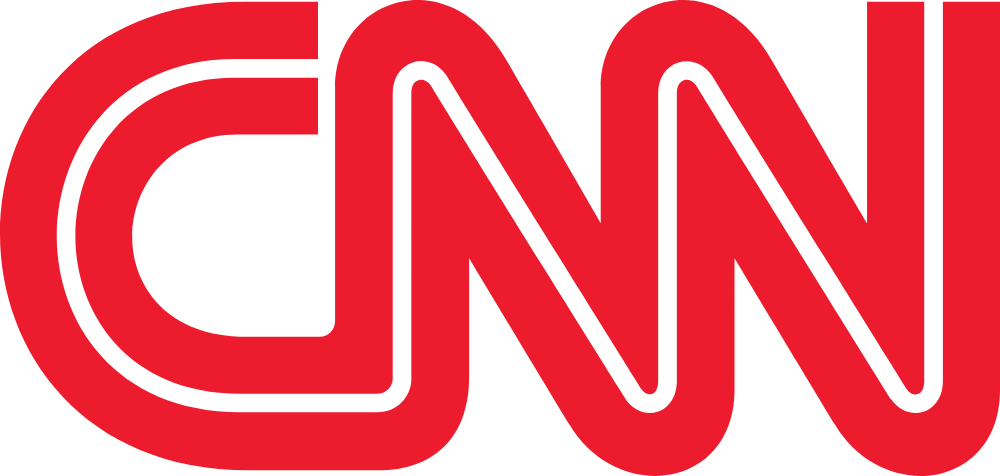New York Club Drugs
federallawy583
Legal Expert
New York Club Drugs
Club drugs like ecstasy, ketamine, and GHB remain popular in New York City nightlife, though their use has evolved over the years. While clubgoers in the 90s took ecstasy on the dancefloor, today's partiers tend to use drugs more discreetly and combine various substances. Understanding current club drug trends can help promote safer nightlife.Ecstasy
Ecstasy (MDMA) exploded onto the New York club scene in the 80s and 90s. It made people feel euphoric, energetic, and empathetic - perfect for dancing all night. But ecstasy comes with serious side effects like dehydration, overheating, and anxiety. And pills sold as "ecstasy" often contain other dangerous chemicals. These days, ecstasy use is still common but more low-key. Clubbers take smaller doses or use it at afterparties instead of on the dancefloor. Molly - powdered MDMA - has overtaken pills in popularity. People think it's purer, though molly can also be cut with other drugs.Ketamine
Ketamine, an anesthetic used medically on humans and animals, hit the New York club scene in the early 2000s. Low doses give an out-of-body, dreamlike high. But too much can cause terrifying hallucinations and out-of-control behavior. Frequent use can lead to bladder damage, memory loss, and depression. Though the rave heyday has passed, ketamine remains popular for its psychedelic effects. It's often snorted in small bumps rather than being consumed in large quantities. Unfortunately, this makes it easy to re-dose and lose control.GHB
GHB (gamma-hydroxybutyrate) causes euphoria and disinhibition. In the 90s, it was known as "liquid ecstasy" and used alongside ecstasy pills. But GHB can rapidly lead to unconsciousness and respiratory failure. This earned it a reputation as a "date rape" drug. GHB use declined after it was banned in 2000. But it remains available at parties, often under the guise of "GBL" (gamma-butyrolactone). Just a few milliliters too much can be fatal. GHB requires extreme caution - but that rarely happens in nightlife settings.Methamphetamine
Methamphetamine is a highly addictive stimulant. During the 90s club kid scene, dancefloors were filled with people tweaking on meth and ecstasy. Staying up for days wreaked havoc on their physical and mental health. While meth remains an issue among marginalized groups like the homeless, it's rare in clubs today - the stimulant du jour is now cocaine. But meth never fully disappeared. Some take "bumps" for energy, risking addiction and psychosis.Cocaine
Cocaine has long been tied to New York nightlife. But it used to be more associated with elite venues like Studio 54. These days, coke is everywhere - from dive bars to luxury clubs. People do key bumps in bathrooms, at tables, or right on the dancefloor. Cocaine energizes partiers, enabling them to drink and dance all night. But it stresses the heart and can cause deadly overdoses, especially when mixed with alcohol.LSD
LSD (acid) fell out of favor after the 60s, as more euphoric club drugs emerged. But it's recently made a comeback thanks to social media hype and the rise of microdosing. Today's clubbers take tiny doses for a mild high, creative energy, and therapeutic insights. However, LSD potency varies wildly, increasing the risk of a traumatic trip. Set and setting are key - chaotic clubs full of strangers aren't ideal for psychedelic exploration. And "acid" may actually be an unwanted research chemical.Combinations and New Drugs
Polysubstance use is common, as people mix various pills, powders, and liquids. This multiplies the risks - drugs can interact in dangerous ways. Taking GHB with alcohol or ketamine with cocaine can be especially hazardous. And new psychoactive substances keep emerging, like synthetic cathinones ("bath salts") and cannabinoids ("synthetic weed"). Nightlife makes the perfect testing ground for unknown compounds, sometimes with fatal consequences.Harm Reduction
Rather than futilely trying to eradicate drug use, a pragmatic public health approach is needed. Harm reduction strategies like drug checking, peer education, and overdose prevention can make nightlife safer. But club owners also need to take responsibility. Having chill-out spaces, free water, and staff trained in overdose response saves lives. And venues that tolerate rampant drug use and violence, like the Limelight in the 90s, should face consequences.The Future
Drug use moves in cycles, and new scenes continually emerge. But some patterns persist - youth experimentation, polydrug mixing, and accidental overdoses. Staying informed helps clubbers make wiser choices. Ultimately, moderation and self-control are key. While drugs offer temporary escape and euphoria, they cannot substitute for a life of meaning and connection. Nightlife is best enjoyed in balance, not excess.References
Palamar, Joseph J., et al. "Trends in drug use among nightclub and festival attendees in New York City, 2017–2022." International Journal of Drug Policy 112 (2023): 104035.
Kelly, Brian C., et al. "Club drug use and dependence among young adults recruited through time-space sampling." Public health reports 124.Suppl 1 (2009): 72-81.
Tirado, Miriam. "Forty-three druggings, seven deaths: New York clubgoers face wave of violent robberies." The Guardian, 17 Apr. 2023, www.theguardian.com/us-news/2023/apr/17/new-york-clubs-violence-drugs-deaths.
Kelly, Brian C., et al. "Club drug use among young adults frequenting dance clubs and other social venues in New York City." Journal of Child & Adolescent Substance Abuse 19.3 (2010): 230-245.
Rohde, David. "U.S. Claims 2 Nightclubs Are Drug Bazaars." The New York Times, 16 May 1996, www.nytimes.com/1996/05/16/nyregion/us-claims-2-nightclubs-are-drug-bazaars.html.
Office of Justice Programs. "Club Drug Use Among Young Adults Frequenting Dance Clubs and Other Social Venues in New York City." NCJRS, www.ojp.gov/ncjrs/virtual-library/abstracts/club-drug-use-among-young-adults-frequenting-dance-clubs-and-other.
Palamar, Joseph J., and Dimitri A. Mavrach. "Club drug use among rave attendees in New York City." Substance use & misuse 46.13 (2011): 1540-1545.
As Featured In






Need Legal Assistance?
Get expert legal advice from Spodek Law Group's experienced attorneys.